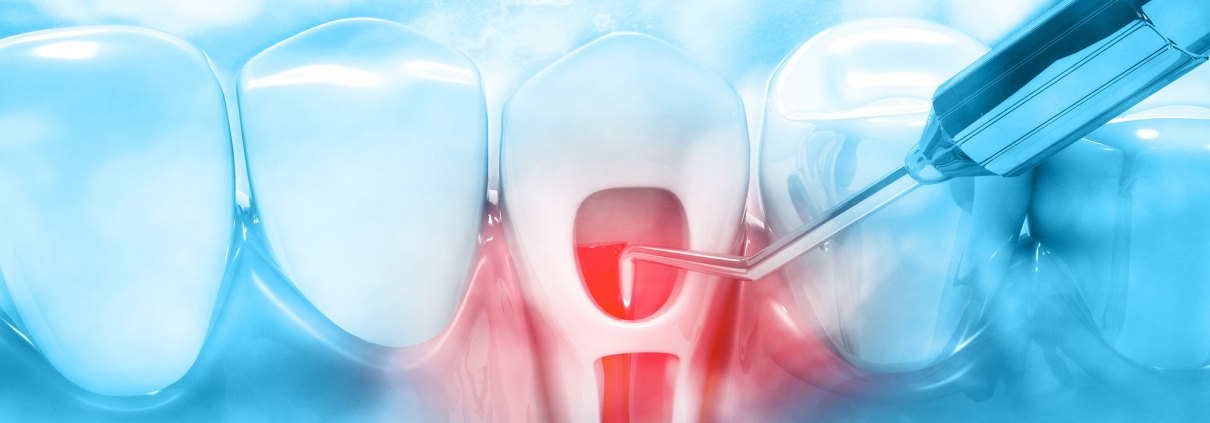
Toothaches can be one of the most profoundly painful things a person can experience. Root canal therapy (RCT) is treatment of choice for teeth that are exhibiting toothache symptoms to effectively eliminate the pain.
Why does a toothache happen?
Toothaches can occur for a variety of reasons. Most commonly, a toothache occurs when decay has gotten deep enough into the tooth that the nerve of the tooth becomes either inflamed or infected. Earlier on in the infection, the pain may be coming from the build up of inflammation within the tooth itself. Later, as infection progresses, the nerve itself dies and then an abscess begins to form at the tip of the root in the bone.
Another reason why a toothache may happen is from trauma to a tooth that has compromised the blood supply of the tooth.
When is a root canal appropriate?
Root canal therapy is the best treatment for an infected tooth, or a tooth exhibiting toothache symptoms when there is sufficient tooth structure left to restore the tooth. The idea is for a patient to be left with a pain-free, functional tooth.
Unfortunately, sometimes there is so much decay, or a tooth is fractured so severely that there is not enough structure to properly restore the tooth. In these cases, extraction of the tooth is advised. For any case, your dentist will discuss the treatment options and help you select the choice that is most appropriate for you.
How does root canal therapy (RCT) work?
The nerve space is accessed, and thin, flexible files are used to remove infected or inflamed tissue from the top of the tooth all the way to the very root tips. While this is happening, antimicrobial agents are used to irrigate the canal to disinfect them. Once the interior of the canals has been filed and disinfected adequately, the canals are filled with a biocompatible rubber material called gutta-percha, that is sealed with a biocompatible sealer. The tooth is than restored back to natural contours. Ideally, teeth subjected to root canal therapy are crowned to better protect the remaining tooth structure.
